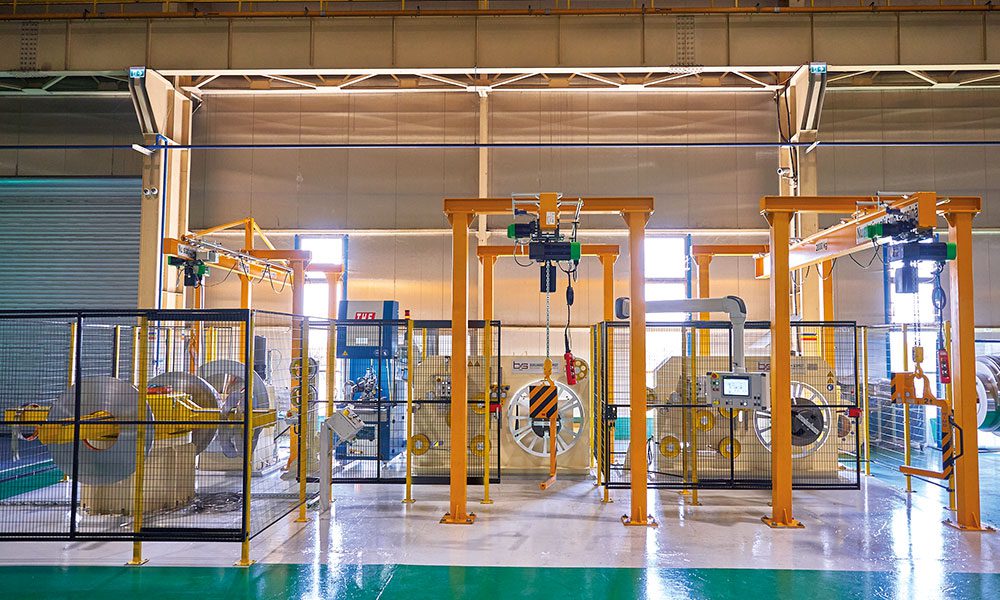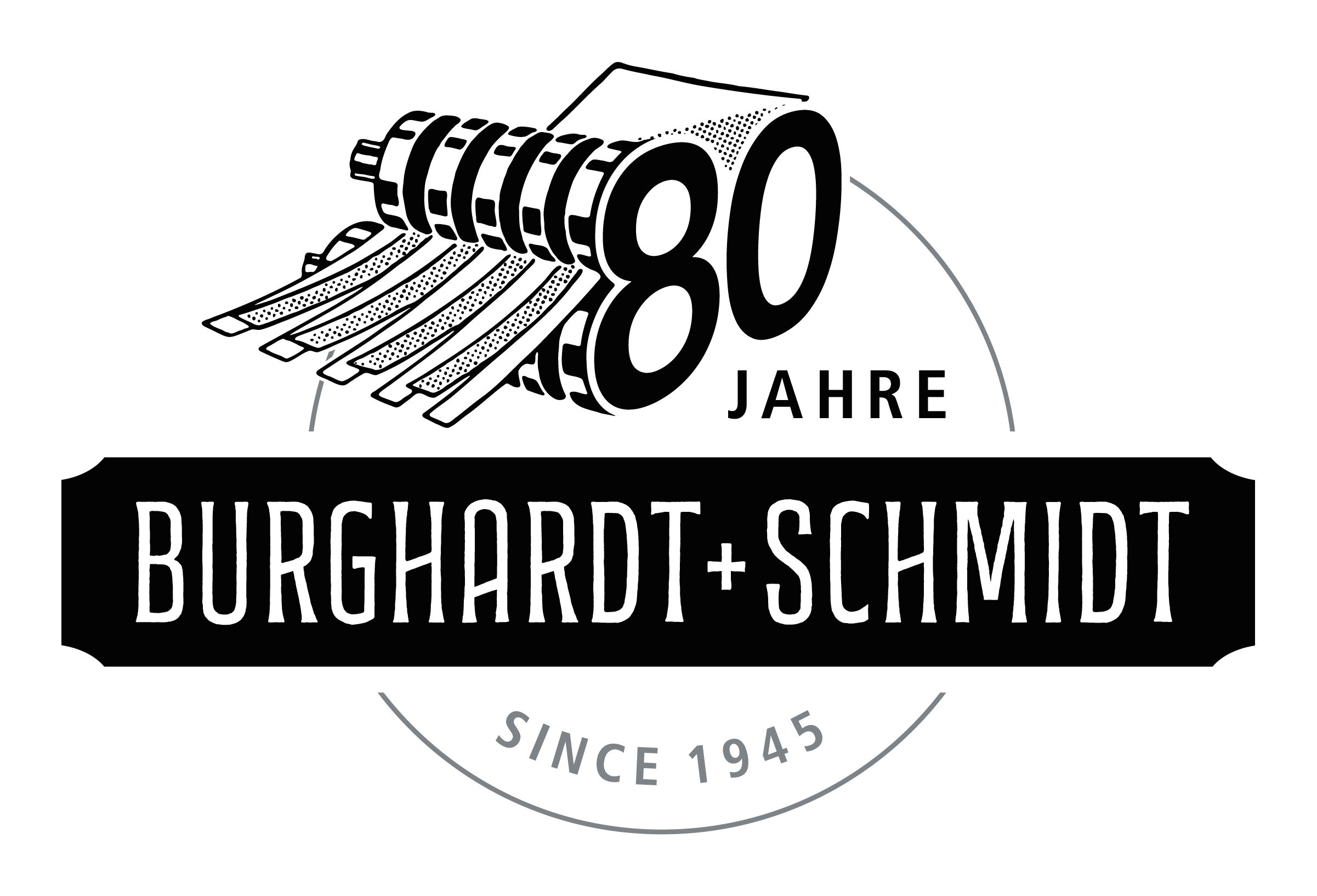Traverse Winding Lines
The technology of traverse winders for metal strips is used to evenly wind the strip accross the width of the spool or directly wind the material on the mandrel’s arbor.
Precision Traverse Winding Lines for Metal Strip Production
Precision traverse winding lines are used where wide coils are slitted into narrow strips and wound up quickly and efficiently. For high production output, several traverse winders are equipped in the line.
In a stand-alone system, individual coils are unwound and butt-welded, then oscillating winders are used to create tightly wound spools.
Depending on customer requirements, coiling could be performed directly on to the mandrel’s arbor; on fabric/metal cores; or in spools. These lines are highly customizable; options such as thickness measuring devices, precision straighteners, and oiling devices can be added for a much more efficient operation.

Line Specification
Spool Weight
over 5,000 kg
over 11,025 Ibs
Entry Coil Width
over 1,500 mm
over 60″
Material Thickness
0.03 up to 4.0 mm
0.0012″ up to 0.16″
Speed
over 800 m/min
over 2,625 fpm
Strip Width
up to 60 mm
up to 2.4″
Our Services include
Advantages of a b+s Traverse Winding Line
- exact winding pattern with increasing coil diameter due to high-performance winding algorithm
- very good edge build-up from start due to the initial waiting angle,
- very stable, uniform edge build-up due to automated program for the offset angle
- fully automatic calculation of the optimum winding step
- perfect winding pattern – independent of the line operator
- reduction of setup times through innovative automation solutions as well as fast line speeds
- high-precision cutting quality due to clearance-free slitter shaft bearings
- minimization of the burr height with a simultaneously high number of strips due to the smallest possible deflection of the cutter shafts
- experience in processing ultra-high-strength materials with a tensile strength above 1,500 N/mm² (0.22 pound/square inch) with yield strength above 1,100 N/mm² (0.16 pound/square inch)
